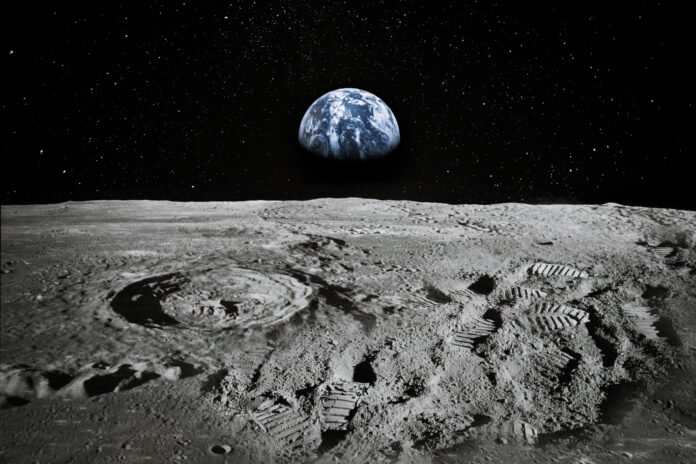The Moon, long thought to be a barren, atmosphere-less body, actually has a thin, mysterious atmosphere, known as an exosphere. Recent research has finally pinpointed the primary source of this enigmatic atmospheric layer, revealing that it is primarily sustained by micrometeorite impacts that continuously bombard the lunar surface.
The Mystery of the Lunar Atmosphere
For decades, scientists have been puzzled by the existence of the Moon’s exosphere—a layer of gases so thin that it hardly qualifies as an atmosphere in the traditional sense. Unlike Earth, which has a strong magnetic field protecting its atmosphere, the Moon is exposed directly to space, and yet, it maintains this fragile shell of gases. Early studies and data from missions like the Lunar Atmosphere and Dust Environment Explorer (LADEE) hinted at possible sources, but it wasn’t until recently that a definitive answer was found.
Micrometeorite Impacts: The Key Contributor
The recent study conducted by a team of scientists from MIT and other institutions analyzed lunar soil samples collected during the Apollo missions. By examining isotopes of potassium and rubidium—elements that easily vaporize upon impact—they determined that micrometeorite impacts are responsible for about 70% of the Moon’s atmosphere. When these micrometeorites strike the lunar surface, they vaporize the soil, releasing atoms into the exosphere. This process is known as impact vaporization.
The Role of Solar Wind
While micrometeorite impacts are the dominant source, the study also found that solar wind plays a significant role. Solar wind, composed of charged particles emitted by the Sun, strikes the Moon’s surface, causing atoms in the soil to sputter into the exosphere. However, this process accounts for only about 30% of the lunar atmosphere, with most atoms escaping into space.
Implications for Lunar and Planetary Science
This discovery not only deepens our understanding of the Moon but also has broader implications for other celestial bodies. Similar processes might be occurring on other moons and asteroids across the solar system, particularly those without significant atmospheres. This research highlights the importance of continuing lunar exploration and sample-return missions, as these studies can provide critical insights into the formation and evolution of planetary bodies.
Conclusion
The Moon’s mysterious atmosphere is now better understood, thanks to advancements in technology and the diligent work of scientists analyzing lunar samples. The findings underscore the dynamic and ever-changing nature of our closest celestial neighbor and open new avenues for exploring the processes shaping other bodies in our solar system.


